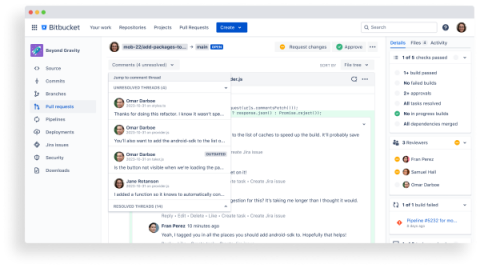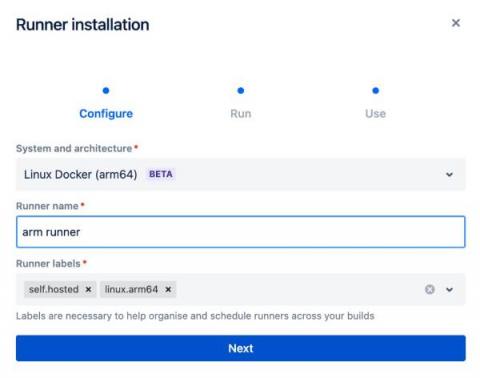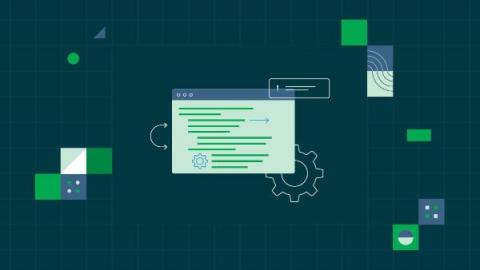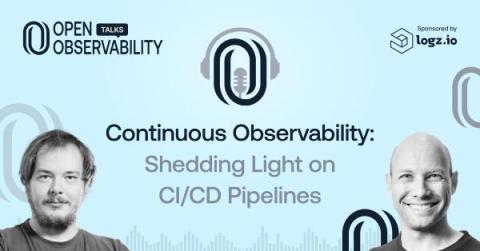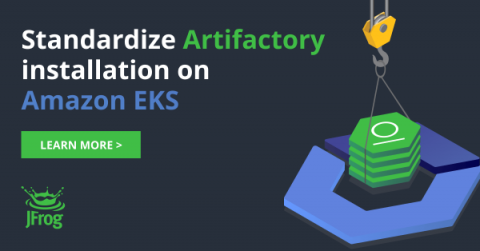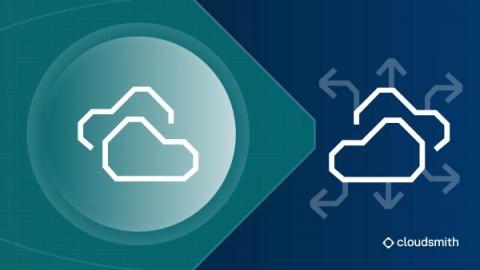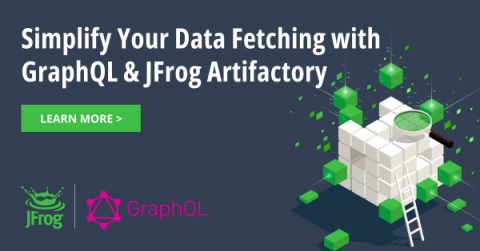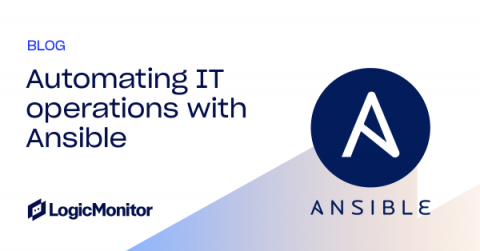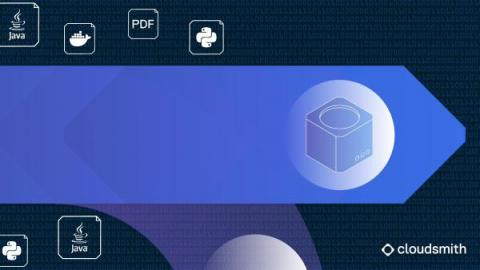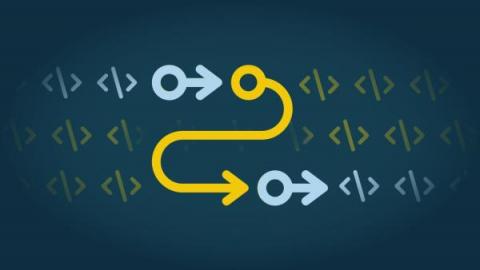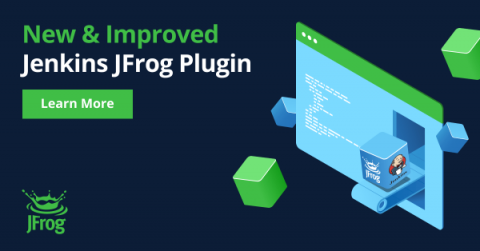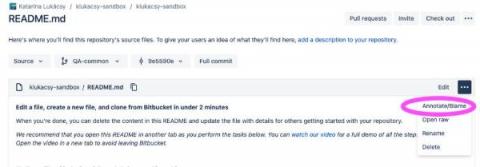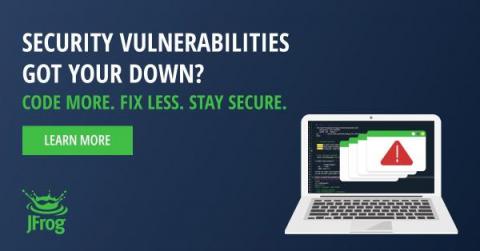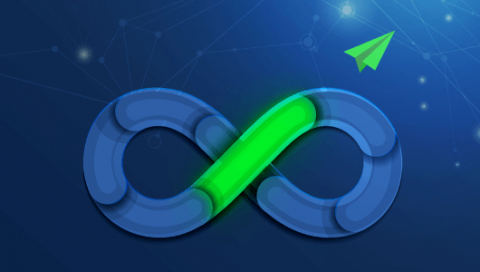Operations | Monitoring | ITSM | DevOps | Cloud
July 2023
Announcing support for Linux ARM Runners in Bitbucket Pipelines
Introducing JFrog Curation
CI for machine learning: Build, test, train
Machine learning (ML) has quickly become integral to many businesses. Its rapid adoption across almost every industry is because it is a force multiplier: new data can be learned from and understood as it arrives, while historical data can be revisited with new tools and practices.
Continuous Observability: Shedding Light on CI/CD Pipelines
DevOps is not just about operating software in production, but also releasing that software to production. Well-functioning continuous integration/continuous delivery (CI/CD) pipelines are critical for the business, and this calls for quality observability to ensure that Lead Time for Changes is kept short and that broken and flaky pipelines are quickly identified and remediated.
How to validate Your #circleci config | #SupportShorts
Where does Jackpocket take DORA metrics from here?
Build vs buy: Choosing the right CI/CD solution for your team
Continuous Integration/Continuous Delivery (CI/CD) has become an essential part of modern software development, allowing teams to deliver high-quality code at a faster pace. Teams can either build or buy their CI/CD system. In this blog post, we will compare both options - exploring the advantages and disadvantages of each - and why CircleCI may be the better choice.
GitOps the Planet #17: Ditching Old and Busted CI/CD with Kat Cosgrove
A Guide to Installing the JFrog Platform on Amazon EKS
Cloud-Based vs Cloud-Native: What's the difference?
Get to know the differences between cloud-native and cloud-based applications, their benefits, and why a cloud-native tool like Cloudsmith is a game-changer for efficient and secure software artifact management. The term 'cloud' has become a buzzword in the tech industry, often used interchangeably to describe anything from online storage to complex computing services. But what does it really mean? And more importantly, what does it mean for your business?
Non-trivial: What you should do when developers say this
What users are saying about our latest feature: rerun failed tests
A GitOps Approach to Infrastructure Management with Codefresh (Ovais Tariq & Robert Barabas, Tigris)
Seamlessly Minimize Unnecessary Data Fetching with GraphQL Queries
Automating IT Operations with Ansible
Without automated workflows, your team is missing out on efficiency improvements
Every team has a workflow, even if it’s chaotic or lacks consistency. It’s a no-brainer, though, that in the fast-paced world of software development, a clear and well-defined path to guide your work is essential to move efficiently. Workflows provide just that — the structure and framework that developers need to streamline their processes, collaborate effectively, and optimize productivity.
Containers vs VMs: Which should you use?
CircleCI 101 | Key features to get started
The DevOps tool catapulting Gigpro from slow to swift
Infeasible? Yes, developers are technically correct
Spotting Vulnerabilities at Rest and at Runtime feat. Cloudsmith and Sysdig
Decoding the Difference: Artifacts vs Packages in Software Development
"Artifact" and "package" are often used interchangeably, but they have distinct differences. Understand their unique roles, learn through practical examples, and discover why distinguishing between them is vital for effective software management and distribution. "Artifact" and "package" are often used interchangeably, but they have distinct differences.
Platform Engineering: The Key to Successful Transformation for the Enterprise
Celebrating Success: Cloudsmith Recognized by G2
Cloudsmith celebrates being honored with two prestigious G2 awards: "Best Relationship Summer 2023" and "High Performer Summer 2023". Discover how our commitment to exceptional customer service and a best-in-class software supply chain management platform earned us these badges. Cloudsmith celebrates being honored with two prestigious G2 awards: "Best Relationship Summer 2023" and "High Performer Summer 2023".
Machine Learning CI/CD with AWS Sagemaker
There are many benefits of incorporating CI/CD into your ML pipeline, such as automating the deployment of ML models to production at scale. The focus of this article is to illustrate how to integrate AWS SageMaker model training and deployment into CircleCI CI/CD pipelines. The structure of this project is a monorepo containing multiple models. The monorepo approach has advantages over the polyrepo approach, including simplified dependency versioning and security vulnerability management.
Merging to Main #4: Feature Flags
Let your engineering team delegate toil to the robots with automated actions
If you want to make software engineering easy to improve, then automate actions in your development process. These simple yet high-impact “if this, then that” conditions pack a punch toward reducing toil and cognitive load. Your developers choose what’s important to improve and reap the benefits of an efficient and optimized development environment.
The Latest JFrog Plugin for Jenkins
Improving discoverability of the git blame functionality on Bitbucket Cloud UI
10 Awesome Benefits of Artifact Management and Why You Need It
All about artifact management, alongside 10 awesome benefits that any good Artifact Management platform will provide, including added security, traceability, and control. Efficiency and organization are key when it comes to continuous delivery. As teams work to deliver high-quality software at an increasingly fast pace, the need for effective management of the various components of the software development lifecycle has become paramount.
GitOps the Planet #15: AI Comes to Kubernetes with Alex Jones
Intelligent test runs on CircleCI
Two Power Features to Speed Up Your Builds
Pushing a project to GitLab
GitLab is a collaborative Git repository that fosters open-source development by offering both free open and private repositories. With its extensive features such as issue tracking and wikis, GitLab empowers teams to collaborate effectively and create exceptional software solutions. GitHub and Bitbucket are similar tools. CircleCI has launched support for Gitlab, so it is helpful to learn to use it. In this tutorial, I’ll show you how to push a project to GitLab.


